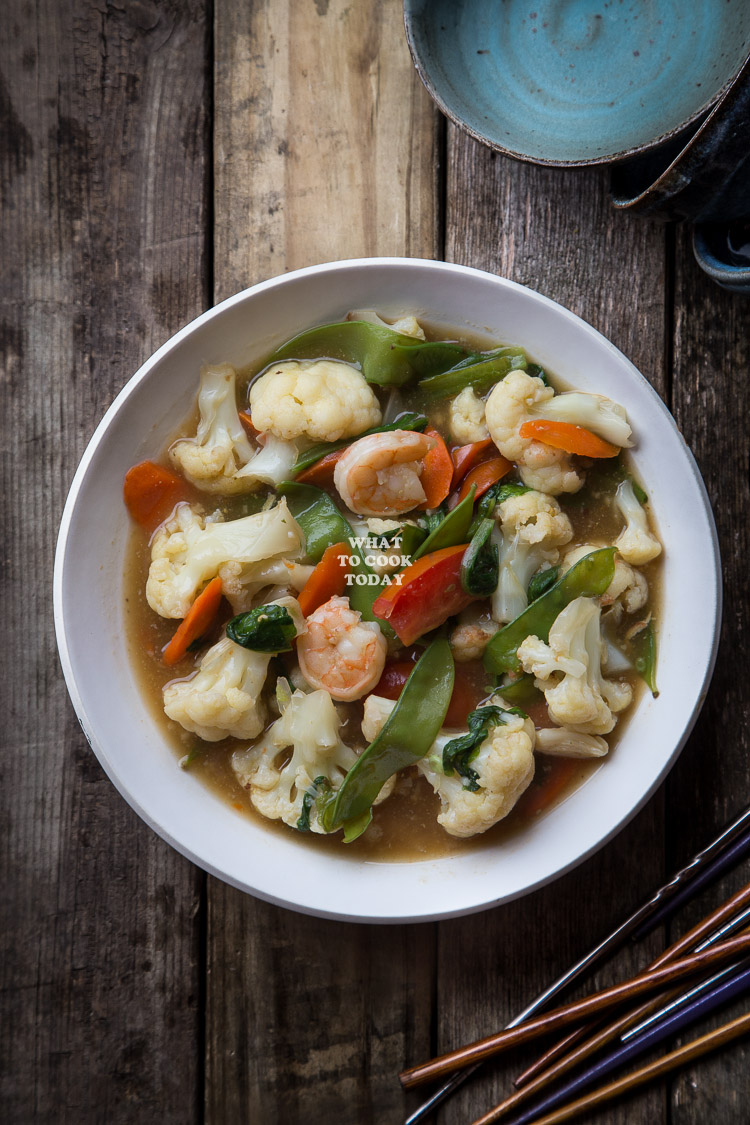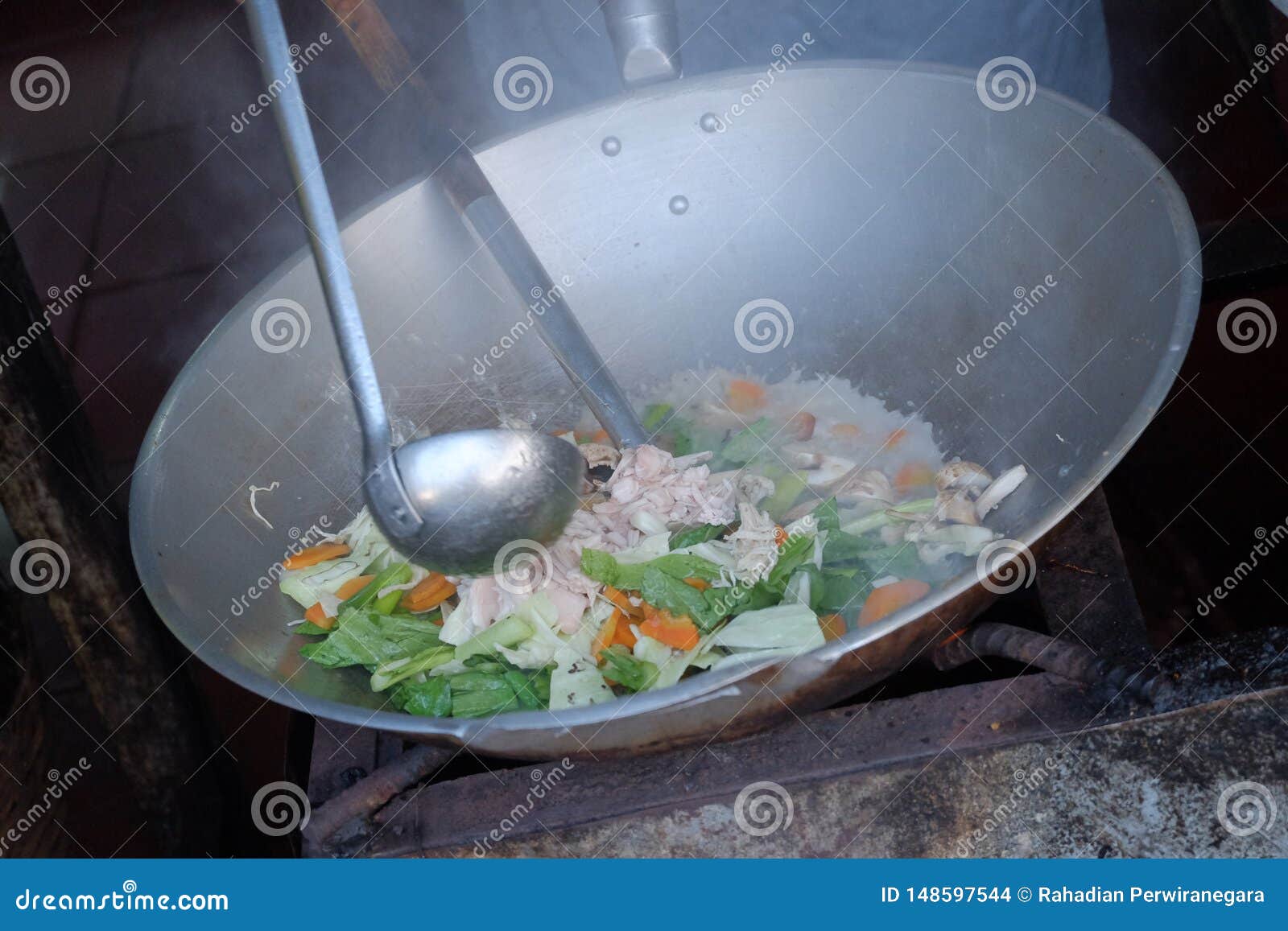Capcay: A Culinary Journey Through Indonesia’s Stir-Fry Paradise
Related Articles
- A Journey Through Flavors: Exploring The World Of Samosas
- Ayam Pop: A Culinary Journey Through Indonesian Flavors
- A Slice Of History: The Story Of Pizza Margherita
- Crafting Perfect Pasta: Regional Italian Dishes You Can Make At Home
- A Journey Through The World Of Turkish Kebabs: From Ancient Origins To Modern Flavors
Introduction
Uncover the latest details about Capcay: A Culinary Journey Through Indonesia’s Stir-Fry Paradise in this comprehensive guide.
Capcay: A Culinary Journey Through Indonesia’s Stir-Fry Paradise

Capcay, a beloved Indonesian dish, offers a vibrant and flavorful journey through the world of stir-frying. This versatile dish, meaning "mixed vegetables" in Hokkien, is a testament to the country’s culinary heritage, reflecting influences from Chinese cuisine and adapting them to local tastes.
From Humble Beginnings to a National Favorite
The story of Capcay in Indonesia is a captivating one. It begins with the arrival of Chinese immigrants who brought with them their culinary traditions, including the art of stir-frying. Over time, these techniques were embraced by the Indonesian populace, leading to the development of unique variations that blended Chinese influences with local ingredients and flavors.
Capcay’s popularity can be attributed to its simplicity, versatility, and health benefits. It’s a dish that can be prepared quickly, making it a perfect choice for busy weeknights. Its abundance of vegetables provides a wealth of vitamins and minerals, making it a healthy and satisfying meal.
Exploring the Culinary Landscape of Capcay
Capcay’s versatility shines through its diverse variations, each reflecting regional nuances and personal preferences. From the classic Capcay Jawa (Javanese Capcay) with its rich and savory sauce to the lighter Capcay Medan (Medan Capcay) with its tangy and sweet notes, there’s a Capcay for every taste.
Unveiling the Regional Variations:
1. Capcay Jawa (Javanese Capcay): This variation is characterized by its rich and flavorful sauce, often prepared with a generous amount of soy sauce, garlic, ginger, and sometimes a touch of shrimp paste. The inclusion of meat, usually chicken or pork, adds further depth to the flavor profile.
2. Capcay Medan (Medan Capcay): This variation features a lighter sauce, often with a sweet and tangy twist. It typically includes a blend of soy sauce, sugar, vinegar, and a hint of chili. The use of fresh vegetables like water spinach and long beans adds a crisp and refreshing touch.
3. Capcay Seafood: This variation showcases the bounty of the sea, incorporating seafood like shrimp, squid, or fish into the stir-fry. The addition of seafood lends a delicate and savory flavor to the dish.

4. Capcay Vegetarian: This variation caters to those seeking a plant-based option. It features a variety of vegetables, often including tofu or tempeh as a protein source.
The Art of Stir-Frying: Mastering the Techniques
The heart of Capcay lies in the art of stir-frying. This technique, a cornerstone of Chinese cuisine, involves cooking ingredients quickly over high heat in a wok. The key to successful stir-frying is understanding the nuances of heat management, ingredient preparation, and the interplay of flavors.
The Power of Heat:
- High Heat: The wok is heated to a high temperature, creating a searing heat that quickly cooks the ingredients while preserving their crispness and flavor.
- Wok Hei: This elusive "wok breath" is a unique flavor imparted by the wok itself as it heats up. The smoky aroma adds depth and complexity to the dish.
Preparing the Ingredients:
- Thinly Sliced: Vegetables are sliced thinly to ensure they cook evenly and quickly.
- Pre-Cut: Pre-cutting ingredients saves time and ensures they cook simultaneously.
- Blanching: Some vegetables, like broccoli, are blanched before stir-frying to ensure they are cooked through but remain crisp.

The Dance of Flavors:
- Sauce Harmony: The sauce is a critical element in Capcay, balancing the flavors of the ingredients and adding depth to the dish.
- Flavor Boosters: Garlic, ginger, chili, and other spices are used to enhance the flavors and aromas.
- Timing is Key: Ingredients are added in a specific order to ensure they cook evenly and retain their texture.
A Culinary Guide to Capcay Perfection
Ingredients:
- Vegetables: Broccoli, carrots, cauliflower, mushrooms, green beans, bok choy, cabbage, water spinach, snow peas, and more.
- Protein: Chicken, pork, beef, shrimp, squid, fish, tofu, tempeh.
- Sauce: Soy sauce, oyster sauce, fish sauce, sugar, vinegar, chili sauce, garlic, ginger.
- Seasonings: Salt, pepper, sesame oil, chili flakes.
- Garnish: Spring onions, coriander, fried shallots.
Equipment:
- Wok: A wok is the ideal vessel for stir-frying.
- Spatula: A wide spatula is essential for tossing and flipping ingredients.
- Chopping Board: A sturdy chopping board is crucial for preparing the ingredients.
- Knives: Sharp knives are needed for slicing and dicing vegetables.
Recipe: Classic Capcay Jawa
Yields: 4-6 servings
Prep time: 20 minutes
Cook time: 15 minutes
Ingredients:
- 1 tablespoon vegetable oil
- 2 cloves garlic, minced
- 1 inch ginger, minced
- 1/2 cup chicken or pork, thinly sliced
- 1 cup broccoli florets
- 1 cup carrots, thinly sliced
- 1 cup cauliflower florets
- 1 cup green beans, cut into 1-inch pieces
- 1/2 cup mushrooms, sliced
- 1/4 cup soy sauce
- 2 tablespoons oyster sauce
- 1 tablespoon sugar
- 1 teaspoon salt
- 1/2 teaspoon black pepper
- 1/4 cup water
- 1 tablespoon sesame oil
- 1 spring onion, chopped for garnish
Instructions:
- Prepare the ingredients: Wash and prepare all the vegetables. Thinly slice the carrots, cut the green beans into 1-inch pieces, and break the broccoli and cauliflower into florets.
- Heat the wok: Heat the vegetable oil in a wok over high heat.
- Sauté the garlic and ginger: Add the minced garlic and ginger to the hot wok and sauté for 30 seconds, until fragrant.
- Add the protein: Add the sliced chicken or pork to the wok and stir-fry for 2-3 minutes, until browned.
- Add the vegetables: Add the broccoli, carrots, cauliflower, green beans, and mushrooms to the wok and stir-fry for 2-3 minutes, until slightly softened.
- Add the sauce: In a small bowl, combine the soy sauce, oyster sauce, sugar, salt, and pepper. Pour the sauce mixture into the wok and stir-fry for 1 minute.
- Add the water: Add the water to the wok and bring to a simmer. Cover the wok and cook for 5 minutes, until the vegetables are tender.
- Finish with sesame oil and garnish: Stir in the sesame oil and garnish with chopped spring onion. Serve hot.
Culinary Tips for Capcay Mastery
- Embrace the Wok: A wok is the ideal tool for stir-frying. Its rounded shape allows for even heat distribution and efficient tossing.
- Master the Flame: Use high heat to ensure quick cooking and retain the crispness of the vegetables.
- Seasoning Savvy: Don’t be afraid to experiment with different sauces and seasonings to create your own unique flavor profile.
- Vegetable Variety: Explore a wide range of vegetables to add color, texture, and nutritional value to your Capcay.
- Personalize Your Plate: Feel free to add your favorite ingredients, such as tofu, tempeh, seafood, or different spices.
- Leftover Magic: Capcay is perfect for leftovers. Simply reheat it over low heat and enjoy it as a quick and satisfying meal.
Beyond the Plate: Capcay’s Cultural Significance
Capcay is more than just a delicious meal; it holds a special place in Indonesian culture. It is often served at family gatherings, celebrations, and special occasions. Its versatility makes it a perfect dish for catering to diverse palates and dietary preferences.
A Culinary Journey Continues:
The journey of Capcay continues, evolving with each generation and incorporating new culinary influences. As the world becomes increasingly interconnected, the possibilities for Capcay innovation are endless. From fusion variations that blend Asian and Western flavors to vegetarian and vegan adaptations, Capcay remains a testament to the power of culinary creativity and cultural exchange.
The Legacy of Capcay:
Capcay’s legacy lies in its ability to bring people together around a shared love of food. It’s a dish that celebrates the diversity of Indonesian cuisine, reflecting its rich history and vibrant culture. Whether you’re a seasoned chef or a novice cook, Capcay offers a delicious and satisfying culinary experience. So, embark on your own Capcay journey, explore the flavors, and create your own unique masterpiece!
Closure
Thank you for reading! Stay with us for more insights on Capcay: A Culinary Journey Through Indonesia’s Stir-Fry Paradise.
Make sure to follow us for more exciting news and reviews.
We’d love to hear your thoughts about Capcay: A Culinary Journey Through Indonesia’s Stir-Fry Paradise—leave your comments below!
Stay informed with our next updates on Capcay: A Culinary Journey Through Indonesia’s Stir-Fry Paradise and other exciting topics.





